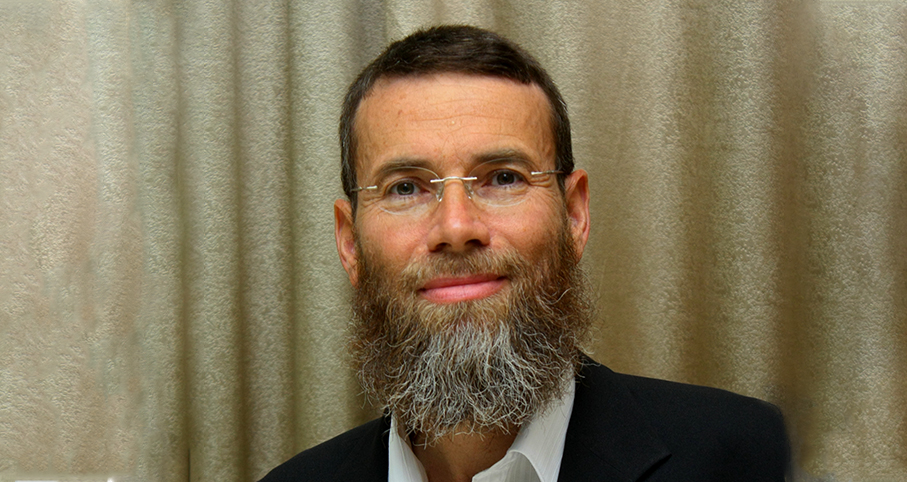Beit Midrash
- Shabbat and Holidays
- Purim & The Month of Adar
- The Laws of Purim
- Sections
- Peninei Halakha
It is a good practice to bring younger children – from age five or six – to the synagogue to hear the Megilla. Even though they have not yet reached the age of education in the mitzva of Megilla reading, as they cannot listen to the entire Megilla meticulously, it is still good to bring them, because they understand the main gist of the story. However, one should not bring small children to the synagogue if they are liable to disrupt the reading and make it difficult for others to hear the Megilla. One must take care not to try to go beyond the letter of the law in educating his children at the expense of the other synagogue attendees, who might suffer because of his children’s disruptions. 9
In order to stimulate joy and grab the children’s attention, there is a custom for the congregation to read aloud four verses that essentially signal the beginning and end of the miracle. Afterward, the reader reads these verses again from the scroll (Rema 690:17; MB 689:16; based on Mordechai and Levush). (The verses are: "A Jewish man" [Esther 2:5]; "Mordechai left" [ibid. 8:15]; "The Jews" [ibid. 8:16]; and "For Mordechai" [ibid. 10:3].)
It seems that the purpose of the custom to "beat" Haman with noisemakers is, likewise, to excite the children during the Megilla reading. However, one must be careful not to lend undue importance to this custom and not to make noise when the reader continues to read the Megilla (SA 690:17; also see MB ad loc. 59 and BHL).
^ 9.SA 689:1 explains that children must hear the Megilla because of the laws of educating one’s children. SA 689:6 states that it is good to bring children to the synagogue. Levush and Sidur Yaavetz seem to maintain that this refers to children who understand the main gist of the Megilla, even if they are unable to fulfill the mitzva properly. For example, they cannot fill in on their own the words that they failed to hear from the reader. And even though BHL interprets SA’s statement differently, there seems to be no practical difference between SA’s ruling and what I wrote.
12. The Meaning of the Mitzva of Drinking
Chapter 16: The Mitzvot of Joy and Kindness
Rabbi Eliezer Melamed | Tevet 5 5782
14. Can a Drunk or Tipsy Person Recite Berakhot and Pray Ma’ariv?
Chapter 16: The Mitzvot of Joy and Kindness
Rabbi Eliezer Melamed | Tevet 5 5782

Listening to the Megilla with Limited Concentration
Rabbi Daniel Mann | Adar II 5 5782




















